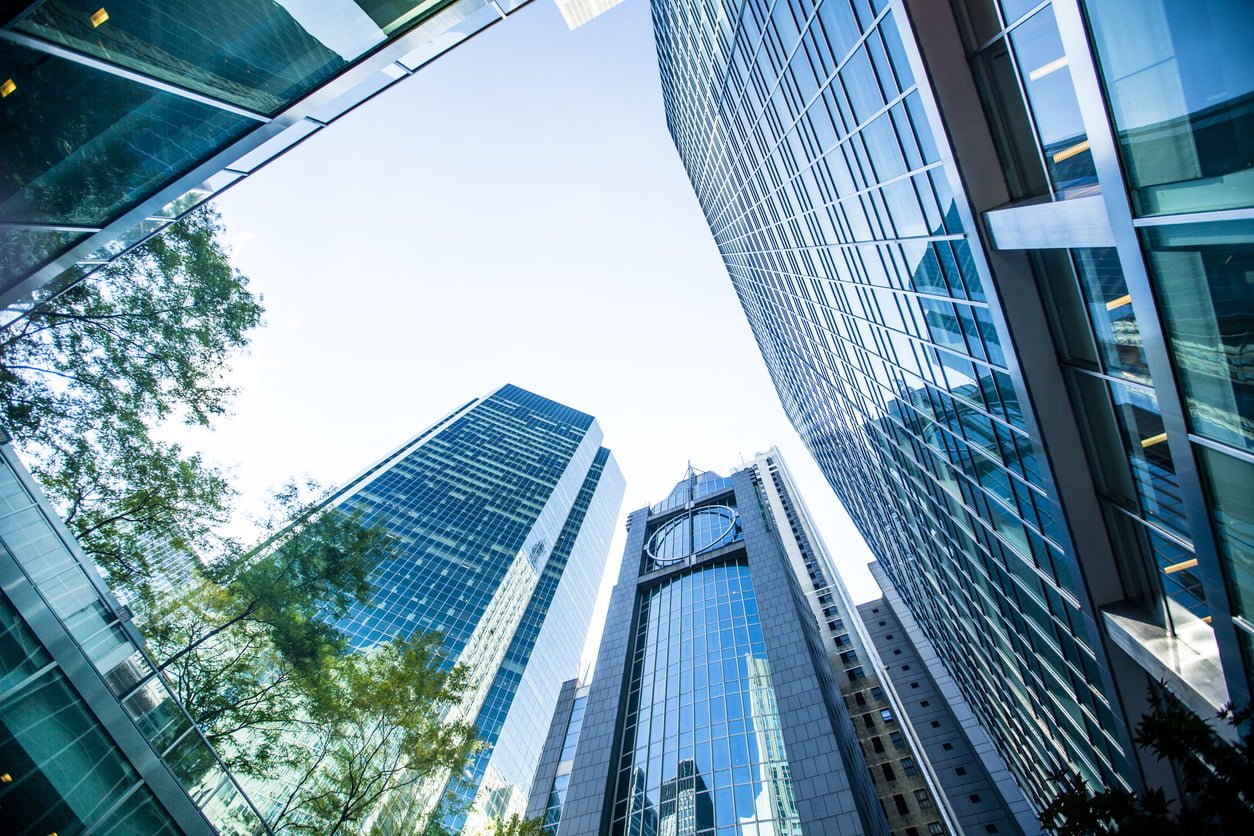Did you know that 28% of all carbon emissions come from commercial buildings? It’s no surprise that the entire industry feels outside pressures to comply with new decarbonization plans.
While there are various methods to reach these goals, it’s important to choose a decarbonization method that works well within your budget and timeline. Every building has different needs, so we analyzed the benefits and shortcomings of HVAC equipment upgrades to help you determine whether they make good business and ESG sense for you.
Continue reading to learn about the overall effectiveness of HVAC equipment upgrades.
Decarbonizing by Making HVAC Upgrades
As you can probably tell by looking at your energy usage bill each month, HVAC operations are the largest source of energy usage and create the most carbon emissions in your buildings.
In fact, according to a report by The City of New York’s Mayor’s Office of Sustainability, space heating accounts for the largest share of energy usage, with space cooling also on the list of top five energy usages.
This report notes that, on average, “the energy used for space heating accounts for over a third of energy use in large buildings.”
Of course, then, making this system as efficient as possible will help reduce carbon while lessening the stress on your operating expenses. Traditionally, a common way to decrease HVAC energy strain is to make equipment upgrades to more efficient fans, pumps, or chillers.
Effectiveness
There are multiple options when it comes to upgrading your HVAC systems, and each upgrade will have a unique impact on carbon reduction. Increasing the efficiency of any part of your HVAC system, though, will have an effect on your overall energy usage.
With an average lifespan of 20 years, upgrading your HVAC system is a long-term investment. Yet, the savings of a more efficient hardware system do not scale over time, and you’ll likely see the most savings reflected within the first year of use.
Return
Increasing the efficiency of your largest energy consumption and source of carbon is bound to provide meaningful carbon reduction, and therefore, will begin to reduce your operating costs immediately.
Although you will see a near immediate reduction of operating costs, it’s important to note that this is often known to be one of the most costly methods of decarbonization.
The time it takes to see a financial return on your HVAC unit heavily depends on the size of each individual building. New York’s Urban Green Council averages that air conditioning upgrades see payback between five and 10 years, space heating takes about five years, and HVAC controls take less than three years.
Operational Disruption
Since some HVAC upgrades, such as chiller upgrades, are mostly happening behind the scenes, there is a chance that your building will not experience disruption to tenant operations. In these cases, the most noticeable change tenants may notice is temperature fluctuations if they are occupying the space during the transition to the new system.
However, other types of equipment upgrades, such as terminal units or sensor upgrades, can be more invasive in both operational and tenant operations. To minimize disruptions, choosing when to upgrade your HVAC systems requires strategy.
At Cortex, we have seen our clients strategize when to replace, for example, chillers during the winter time in an attempt to minimize tenant and operations disruptions when possible.
There shouldn’t be any noticeable effects on tenants after implementation. In fact, HVAC upgrades can actually help decrease tenant complaints since they will provide more consistent and accurate temperatures.
Other Considerations
While you may want to jump the gun and reap the efficiency of an upgraded system, there is a significant chance that incurring this investment is not yet necessary to accomplish early wins in your path to decarbonizing.
Although nearly all HVAC systems need upgrading at some point, many miss out on the ‘low hanging fruit’ when it comes to this equipment: optimizing your current systems and taking advantage of decarbonization intelligence technology that pays for itself to drive savings.
Most HVAC systems are not running as efficiently as they should be currently, meaning there are savings available without the need for large capex investment now.
“These decisions often involve replacing systems which still have useful lives that go on for decades,” said Nick Bienstock, Managing Partner at Savanna. “So, you are replacing perfectly good systems that don’t need to be replaced for many years.”
We have seen meaningful progress in meeting and exceeding efficiency targets by optimizing existing HVAC systems, thereby avoiding expensive and invasive upgrades and allowing you to invest your limited budgets into higher-value upgrades when they are actually needed down the road.
Another aspect to consider is identifying which part of the HVAC system is not running efficiently so that you are making the right investment at the right time. Though, it is difficult to make this identification without data.
HVAC to Decarbonize: Is it Worth It?
From our experience, we have seen clients make the most effective decisions on when to make which HVAC upgrades once they have access to a decarbonization intelligence platform. Without these insights, you may be risking a costly upgrade that isn’t necessary.
For more information on how to evaluate popular office building decarbonization methods, download our guide here.
If you’d like to review your building’s insights, get started with a custom decarbonization plan by filling out the form below.







